In this post, Partition Magic provides you with several fixes for USB ports not working after installing RAM. When USB ports and display not working after installing more RAM, you can try these methods to troubleshoot the issue.
You can add or upgrade RAM to obtain a better game experience or PC performance boost. However, sometimes you may receive the issue: USB ports and display not working after installing more RAM. It could result from improper installation, compatibility issues, outdated USB controller drivers, software conflicts, or other factors.
According to these possible reasons, this post collects some available troubleshooting methods.
Perform Some Preliminary Checks
Before trying any fixes, you need to perform some preliminary checks. They are summarized as follows.
Check if the RAM is defective: Turn off the computer case, remove all RAM sticks, and observe if there is physical damage on the RAM slots. Installing new hardware sometimes damage other components of the motherboard.
Check if the RAM module is installed properly: RAM installation also matters. If the installation is improper, it can lead to USB ports and display not working after installing more RAM.
Check if the RAM is compatible with the motherboard: If the RAM is incompatible with the motherboard, you can encounter issues like USB ports stopped working after installing new RAM. So, you’d better read the user manual of the motherboard to see if the current RAM is compatible with it. If not, replace the RAM with a compatible one.
Method 1: Update USB Controller Drivers
USB ports not working after installing RAM? Try updating USB controller drivers with the steps below.
Step 1: Press Windows + X and then choose Device Manager on the pop-up menu.
Step 2: Expand Universal Serial Bus controllers by double-clicking the option.
Step 3: Right-click the USB controller driver and choose Update driver.
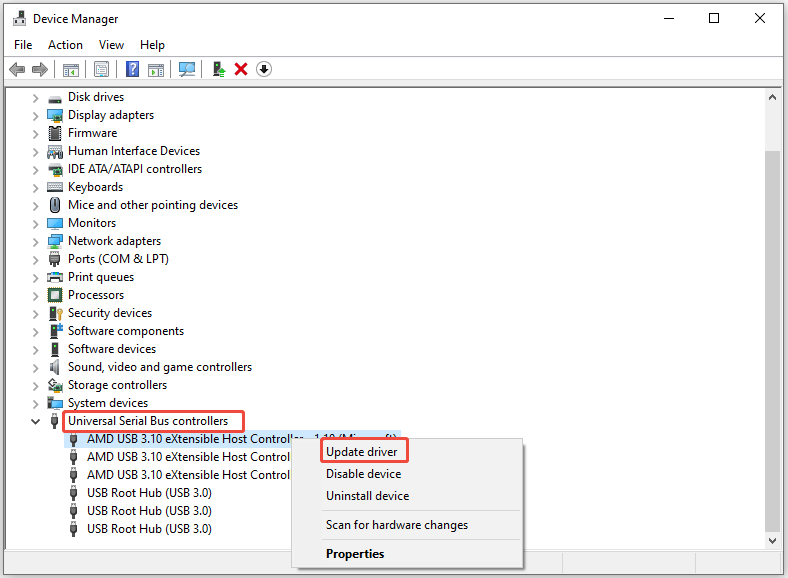
Step 4: According to your preference, click Search automatically for drivers or Browse my computer for drivers.
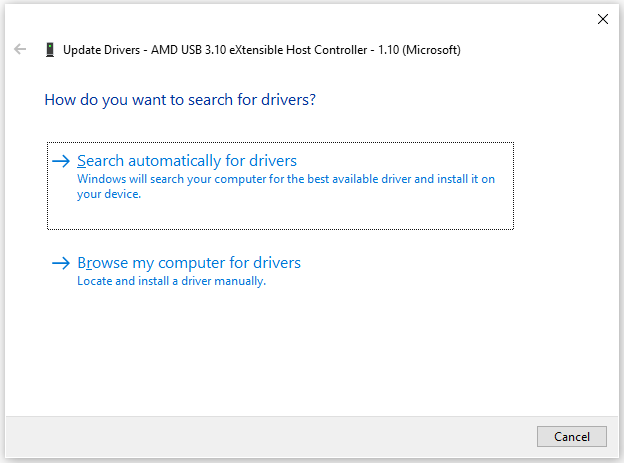
Step 5: Follow the on-screen instructions to finish the update process. Repeat the above steps to update other USB controller drivers listed under the category.
Method 2: Reset CMOS
What to do if USB ports and display not working after installing more RAM issue occurs? You can consider resetting CMOS (Complementary Metal-Oxide-Semiconductor). This operation resets BIOS to the factory default settings.
Hence, you’d better remember all your BIOS settings before starting the process so that you can revert them later.
Here are the steps to reset CMOS.
Step 1: Power off the computer and disconnect the power cord.
Step 2: Wait for some time. Then open the PC cover and locate a silver coin-shaped battery: CMOS battery.
Step 3: Remove the battery from the socket, wait for a few minutes, and reinsert the battery.
Step 4: Reassemble the computer and power back the computer. Now, check if USB ports work normally.
Method 3: Reinstall USB Controller Drivers
Sometimes, reinstalling USB controller drivers works. You can have a try!
Step 1: Open Device Manager and expand Universal Serial Bus controllers with the steps in Method 1.
Step 2: Right-click the USB controller driver and hit Uninstall device.
Step 3: In the warning window, click Uninstall to confirm the operation.
Step 4: Repeat the above instructions to uninstall all available USB host controller drivers.
Step 5: Once done, restart the computer. Then Windows will automatically install the missing drivers.
Method 4: Update BIOS
You’s better update BIOS to the latest version after installing new hardware like CPU, RAM, and GPU. How to update BIOS? Here’s the tutorial.
MiniTool Partition Wizard DemoClick to Download100%Clean & Safe
Step 1: Find the PC motherboard model and serial number.
Step 2: Download the latest BIOS update file from the official website of the motherboard manufacturer.
Step 3: Unzip the BIOS update file to a blank USB drive.
Step 4: Restart the computer and keep pressing the BIOS key while the PC loads up to enter BIOS.
Step 5: Find the BIOS update or flash utility under the Tools or Advanced tab.
Step 6: Choose the downloaded BIOS file and follow the prompted instructions to complete the process.
Step 7: Restart the computer and check if USB ports work properly.
The End
What to do if USB ports stopped working after installing new RAM? Necessary checks and available troubleshooting methods have been shown to you. Simply refer to the given instructions to solve the error.

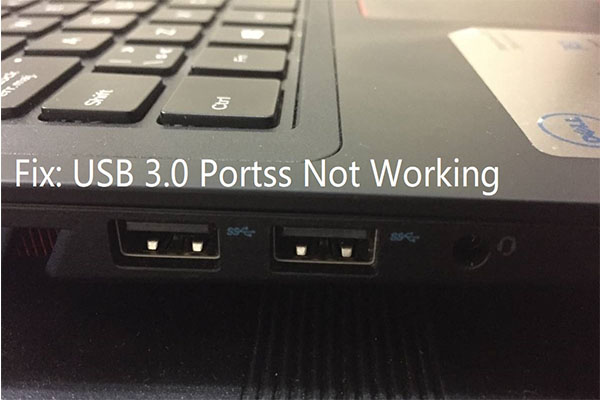
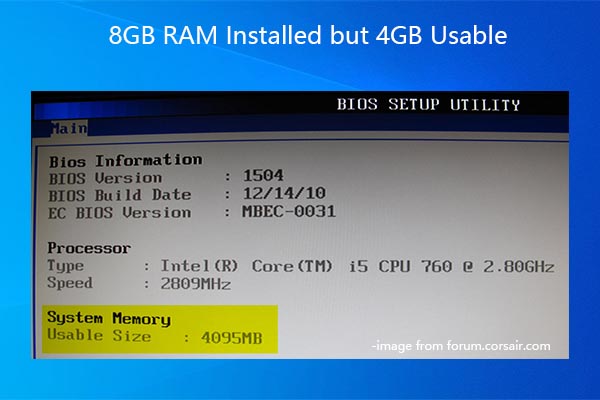
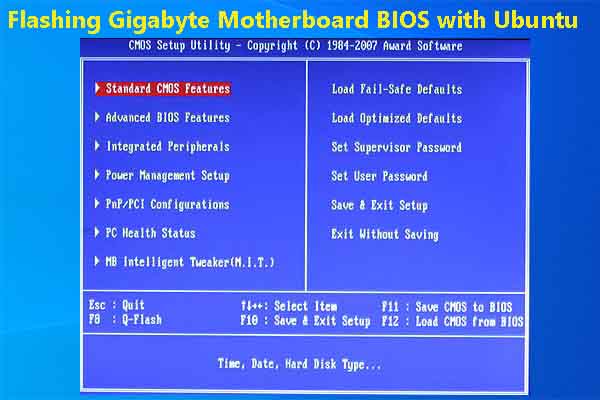
User Comments :